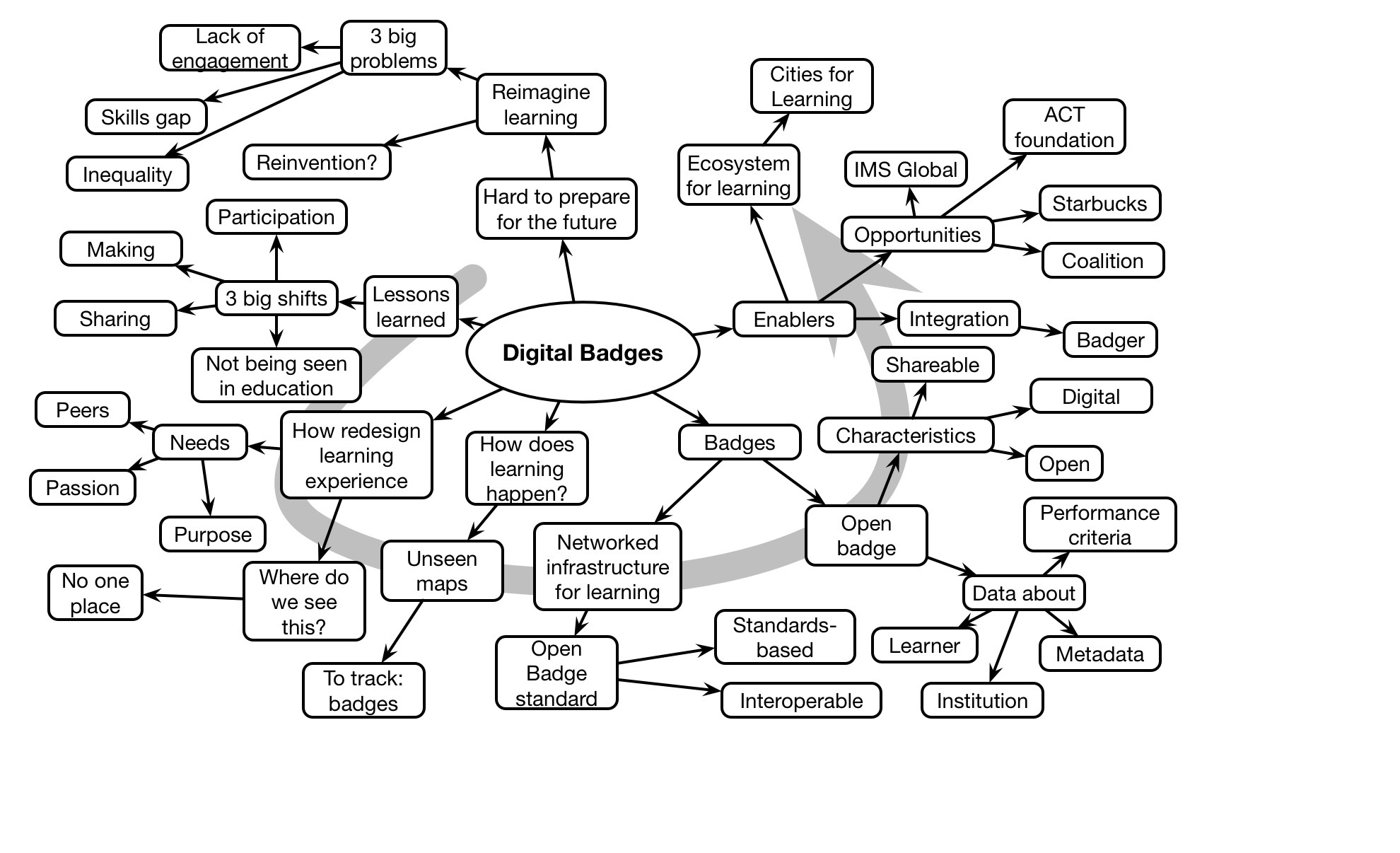I was pointed to a report from MIT Sloan Management talking about how big data was critical to shorten ‘time to insight’. And I think that’s a ‘good thing’ in the sense that knowing what’s happening faster is clearly going to be part of agility. But I must be missing something, because unless I’m mistaken, big data can’t give you the type of insights you really need.
Ok, I get it. By the ‘test and learn’ process of doing experiments and reading reactions, you can gather data quickly. And I’m all for this. But this is largely internal, and I think the insights needed are external. And yes, the experiments can be outside the firewall, trying new things with customers and visitors and reading reactions, but that’s still in the realms of the understood or expected. How can such a process detect the disruptive influences?
Years ago, with friend and colleague Eileen Clegg, we wrote a chapter based upon her biologist husband’s work in extremophiles, looking for insight into how to survive in tough times. We made analogies from a number of the biological phenomena, and one was the need to be more integrated with the environment, sensing changes and bringing them in. Which of course, triggered an association.
If we adapt Harold Jarche’s Personal Knowledge Mastery (or PKM), which is about Seek-Sense-Share as a mechanism to grow our own abilities, to organizations, we can see a different model. Perhaps an OKM? Here’s organizations seek knowledge sources, sense via experiments and reflection, and share internally (and externally, as appropriate ;).
This is partly at the core of the Coherent Organization model as well, where communities are seeking and sharing outside as ways to continue to evolve and feed the teams whose work is driving the organization forward. It’s about flows of information, which can’t happen if you’re in a Miranda Organization. And so while big data is a powerful tool, I think there’s something more required.
I think the practices and the culture of the organization are more important. If you don’t have those right, big data won’t give big insights, and if you do, big data is just one of your tools. Even if you’re doing experiments, it might be small data, carefully instrumented experiments targeted at getting specific outcomes, rather than big data, that will give you what you need. But more importantly, sensing what’s going on outside, having diverse interests and a culture of curiosity is going to be the driver for the unexpected opportunities.
So yes, use the tools to hand and leverage the power of technology, but focus on motivations and culture so that the tools will be used in the important ways. At least that was my reaction. What’s yours?

